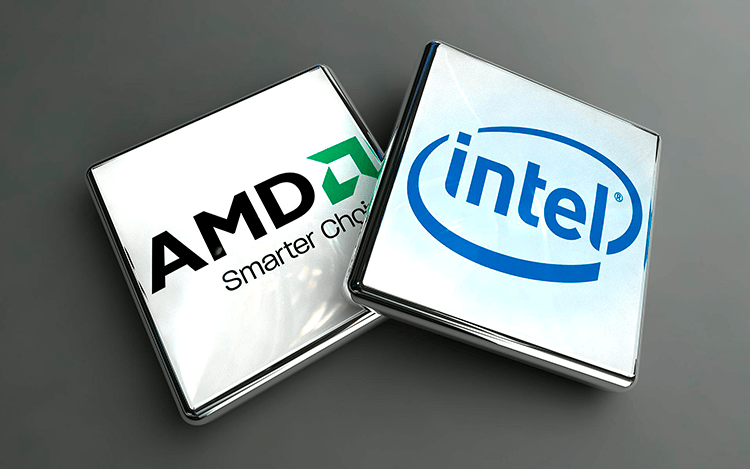Why Intel and AMD are Important Players in the Chip Industry in 2023
The semiconductor industry has been the backbone of technological advancement for decades, and as we move further into the digital age, its importance only grows. Two companies that have consistently been at the forefront of this industry are Intel Corporation and Advanced Micro Devices, Inc. (AMD). In 2023, these companies continue to play a pivotal role in the development and production of microprocessors and other integrated circuits that power everything from personal computers to data centers and autonomous vehicles.## Intel's Continued Dominance
Intel
Intel's commitment to research and development has kept it at the cutting edge of semiconductor technology. The company invests billions of dollars annually into R&D, ensuring that it stays ahead of the curve in terms of performance and energy efficiency. Intel's manufacturing capabilities are also among the most advanced in the world, allowing it to produce chips with incredibly small transistors, measured in nanometers (nm).

## AMD's Rise to Prominence
AMD
AMD's graphics division, Radeon Technologies Group, competes directly with Nvidia in the GPU market, further diversifying its portfolio and strengthening its presence in gaming and professional visualization markets. The company's ability to offer competitive CPUs and GPUs has made it a popular choice for consumers looking for high-performance computing solutions.
## The Importance of Competition
The competition between Intel and AMD has been beneficial for the industry and consumers alike. It has led to faster innovation, better performance, and more choices in the market. This rivalry pushes both companies to continuously improve their products, which in turn drives the entire technology ecosystem forward.
As we look to the future, Intel and AMD are not just competing in the PC market. They are also key players in emerging technologies such as artificial intelligence (AI), machine learning, and autonomous vehicles. These fields require massive amounts of computing power, and the chips designed by Intel and AMD are at the heart of the systems that enable these technologies.
Intel's investments in AI, through its acquisition of companies like Mobileye and Nervana Systems, show its commitment to being a leader in this space. Similarly, AMD's GPUs are being used for deep learning and AI applications, demonstrating the versatility of its products.
Sid Metcalfe
Metcalfe's forecast aligns with the broader industry sentiment that Intel and AMD will continue to be integral to the advancement of computing technology.
## The Global Chip Shortage and Its Impact
The global chip shortage that began in the early 2020s highlighted the importance of semiconductor companies like Intel and AMD. As demand for electronics surged and supply chains were disrupted, the world realized just how critical these chips are to everyday life. Both companies have responded by ramping up production and investing in new facilities to help alleviate the shortage and meet the growing demand.
Another area where Intel and AMD are making significant contributions is in the realm of sustainability. The chip manufacturing process is energy-intensive, and both companies have set ambitious goals to reduce their environmental impact. Intel has committed to achieving net-zero greenhouse gas emissions in its global operations by 2040, while AMD is focused on improving the energy efficiency of its processors.
In conclusion, Intel and AMD's importance in the chip industry cannot be overstated. Their innovations drive technological progress, their competition ensures a healthy market, and their responses to global challenges like the chip shortage and sustainability set the tone for the industry. As we move further into 2023 and beyond, the role of these companies in shaping the future of technology will undoubtedly remain crucial. For the latest news and updates on Intel and AMD's contributions to the chip industry, keep an eye on authoritative sources such as MIT Technology Review
Comments
Ideas, requests, problems regarding TWiki? Send feedback

